The citrus campaign of the COAB producer organization, based in Corigliano Rossano in the province of Cosenza, began in the first week of October. "We've started with the first quantities of the early varieties Caffin and Spinoso, and it wasn't without difficulties. We worked with zero stocks until Saturday, 11 November. So, in a way, the season is really at the beginning. We are in the last part of the early campaign and have noticed an overlap with the beginning of the clementine season. In addition, we are already in the midst of the navelina harvest," says Francesco Casciaro, who has been director of the producers' organization since 1992.
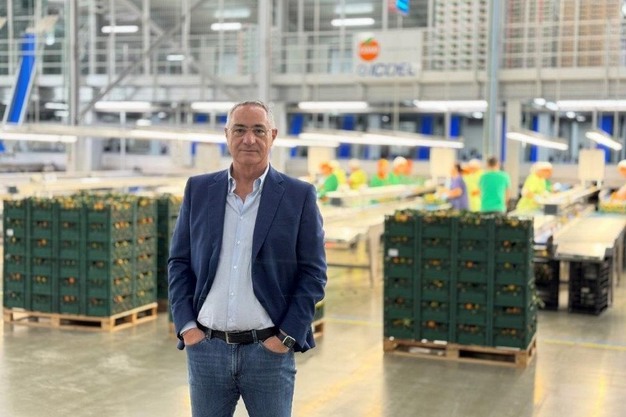 Director Francesco Casciaro
Director Francesco Casciaro
"Much has changed over 30 years. In 1990, when our structure was the result of the will of a small number of producers, there was no need for aggregation. In general, citrus fruits were being sold without any problems. However, a few insightful people came up with the idea of forming a cooperative. From there, the effort grew in popularity. In addition to innovations in processes and varieties, the company has also seen changes in its social base, in its structure and in its customers," explains Casciaro. "We are talking of 1,000 hectares of citrus and stone fruit (200-250 hectares), and in the last 7 years the processing calendar has been extended from the end of May to September for stone fruit and from October to early April for citrus.”
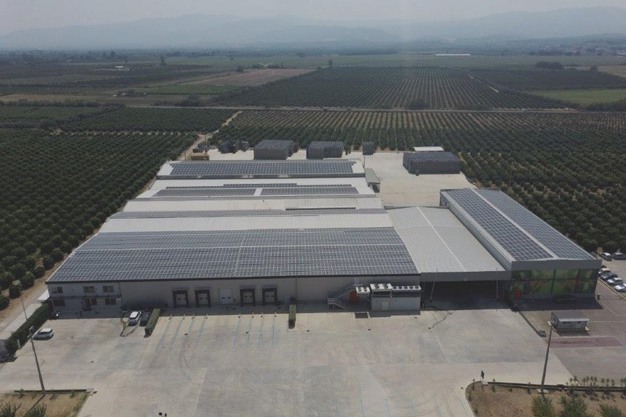 Op COAB Headquarters
Op COAB Headquarters
From 2,200-2,300 tons of clementines in 1990, the growers’ organization now produces an average of 15,000 tons per year. "As far as marketing is concerned, in the beginning a large part of the produce was sold directly in the fields to individual traders, and the rest was destined for the fruit and vegetable markets. Today we work mainly with large retailers (Gdo), to whom we deliver the product in any packaging. We are also equipped with cutting-edge processing lines, including optical sorters, and refrigerated warehouses to store the produce.”
 Citrus sorting line
Citrus sorting line
The start of the clementine campaign was marked by the weather
"We are three weeks behind compared to previous seasons due to critical weather conditions. The product is still not perfectly colored. This is because the necessary temperature fluctuations between day and night do not occur on a regular basis. In addition, the rains of the 45th week have caused unforeseen problems with the quantities schedule. However, starting with the next one (the 47th in 2023, ed.), the situation should return to normal. More quantities will arrive with more uniform coloring. We're only 60% above a normal year," Casciaro continues.
 1-kg package of clementines with leaves, sold in an Italian supermarket
1-kg package of clementines with leaves, sold in an Italian supermarket
However, the director is keen to point out that a greener skin is not a sign of poor quality. "The fruits have reached the best organoleptic characteristics, Brix levels are adequate, as is the acid-sugar ratio. This means that clementines are good to eat. Customers and consumers have understood this in recent years. In fact, there was a slight fluctuation in consumption only at the beginning of this season. Since then, there has been no slowdown."
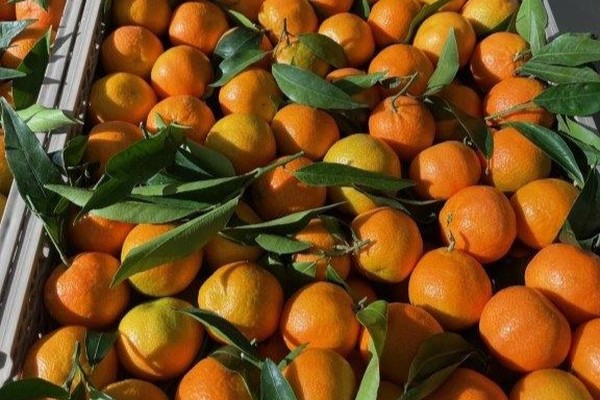
If the weather remains favorable, the clementine campaign is expected to end by the end of February. The common clementine will continue until the middle/end of January. Then it will be the turn of the late varieties. On the other hand, the Blonde Orange season will end in early April. All varieties will be conferred to the growers' association: Washington Navel, Lane Late, Chislett, Navelina Powell, just to name a few.
There have also been problems at the commercial level as well
Over the years, COAB's great reliability and precision have made it possible to maintain a relationship with the large retail trade, which still represents the entire commercial relationship of the producer organization. The quota for the domestic market is around 90%, while that for the foreign market is around 10%. "However, in a year in which the availability of products has been rather limited, the large retailers have insisted on promotions. This is not a good thing for us because there has been a significant increase in the cost of production. Today, the cost of cultivation of one hectare of clementines is up to 40 percent higher than it was two years ago.”
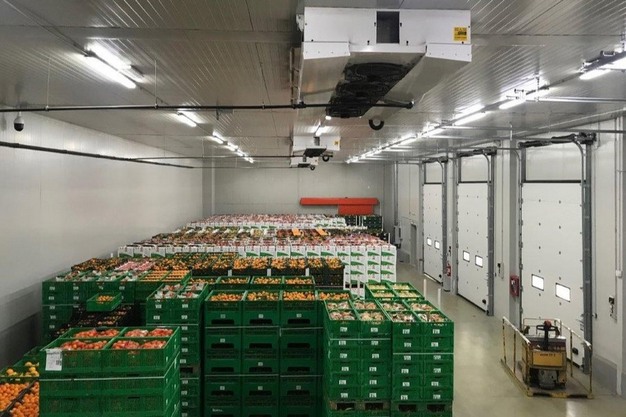 Cold storage cells for crops
Cold storage cells for crops
Plant diseases weigh heavily this year
All work in the fields is carried out with respect for the agro-ecosystem, using methods that have a low impact on the environment. This is achieved by applying the most rational agronomic techniques, reducing the use of synthetic fertilizers and phytosanitary products.
"The mite infestations recorded this year, such as the red spider mite, were a major challenge for growers," explains Casciaro. "Insects in general found an ideal environment this campaign, as the month of June was very humid with high temperatures. We are using new active ingredients that have less impact on the environment but are less effective in the field. As a result, the rejections that we are experiencing are very high, in the range of 20 percent". Products that do not meet fresh market standards and processing waste are sent to processing industries.
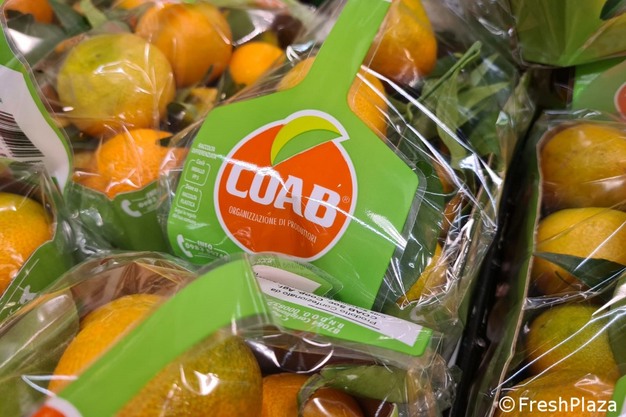
Article photos provided by Op COAB
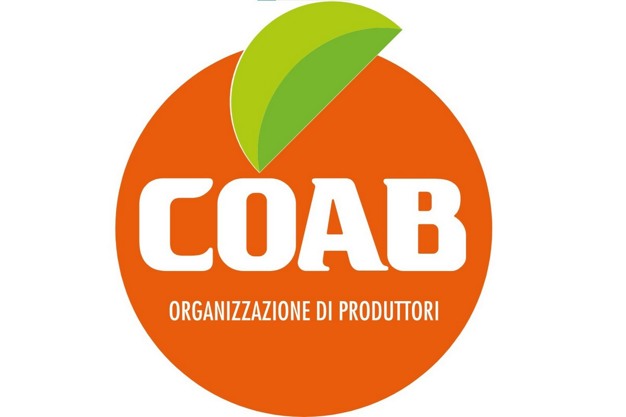 For more information:
For more information:
COAB – Società Cooperativa Agricola
Contrada Scavolino - Frazione Cantinella
87064 Corigliano Rossano (CS)
+39 0983 80740
info@coab.it
www.coab.it
